Rising Incidence of Chronic Conditions
The prevalence of chronic conditions such as diabetes and obesity is contributing to the growth of the Perineal Care Market. Individuals with these conditions often experience complications that necessitate enhanced personal care, including perineal hygiene. The market is responding to this need by developing specialized products designed to address the unique challenges faced by these patients. Data indicates that the market for perineal care products aimed at individuals with chronic conditions is expanding, with an anticipated growth rate of around 7% over the next few years. This trend highlights the importance of targeted product development in the perineal care sector, as healthcare providers seek effective solutions to improve patient outcomes.
Increased Focus on Preventive Healthcare
The growing emphasis on preventive healthcare is emerging as a significant driver for the Perineal Care Market. As healthcare systems worldwide shift towards preventive measures, the importance of maintaining personal hygiene to prevent infections and other health issues is being recognized. This focus on prevention is likely to lead to increased investments in perineal care products, as consumers seek effective solutions to enhance their hygiene practices. Market forecasts suggest that the preventive healthcare segment will contribute to a substantial portion of the overall growth in the perineal care market, with an expected increase of around 5% annually. This trend reflects a broader societal shift towards proactive health management.
Increasing Awareness of Hygiene Practices
The rising awareness of hygiene practices among consumers appears to be a pivotal driver for the Perineal Care Market. As individuals become more informed about the importance of personal hygiene, particularly in sensitive areas, the demand for perineal care products is likely to increase. This heightened awareness is often fueled by educational campaigns and health initiatives that emphasize the significance of maintaining cleanliness to prevent infections and promote overall health. Consequently, the market for perineal care products is projected to expand, with estimates suggesting a growth rate of approximately 6% annually. This trend indicates a shift towards prioritizing hygiene, thereby enhancing the market landscape for perineal care solutions.
Aging Population and Increased Healthcare Needs
The demographic shift towards an aging population is likely to have a profound impact on the Perineal Care Market. As the elderly population grows, there is an accompanying increase in healthcare needs, particularly concerning personal care and hygiene. Older adults often face mobility challenges and may require assistance with daily hygiene routines, which drives the demand for specialized perineal care products. Market data suggests that the segment catering to elderly care is expected to witness a significant surge, with projections indicating a potential market size increase of over 20% in the next five years. This demographic trend underscores the necessity for innovative and effective perineal care solutions tailored to the needs of older individuals.
Technological Innovations in Product Development
Technological advancements in product development are reshaping the Perineal Care Market. Innovations such as the introduction of biodegradable materials and smart hygiene products are gaining traction among consumers. These advancements not only enhance the effectiveness of perineal care products but also align with the growing demand for sustainable and eco-friendly options. Market analysis suggests that the segment focusing on technologically advanced perineal care solutions is likely to experience a growth rate of approximately 8% in the coming years. This trend indicates a shift towards integrating technology into personal care, thereby improving user experience and satisfaction.


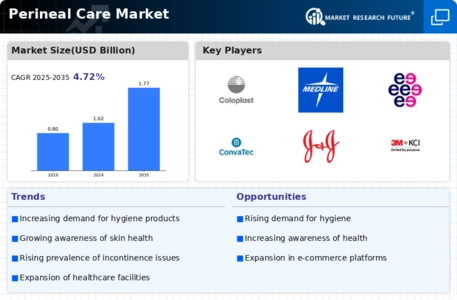

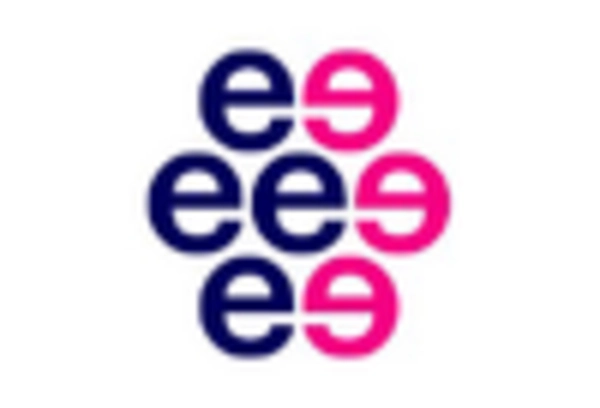
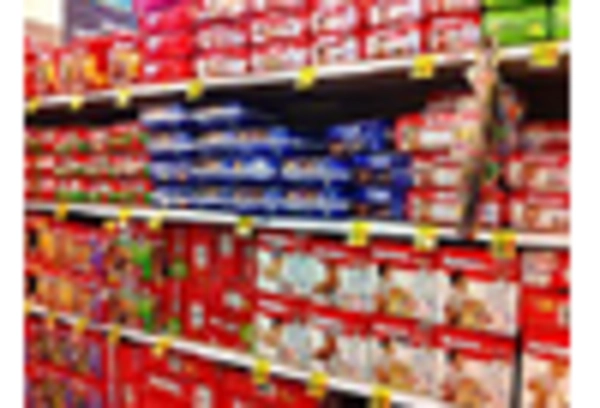
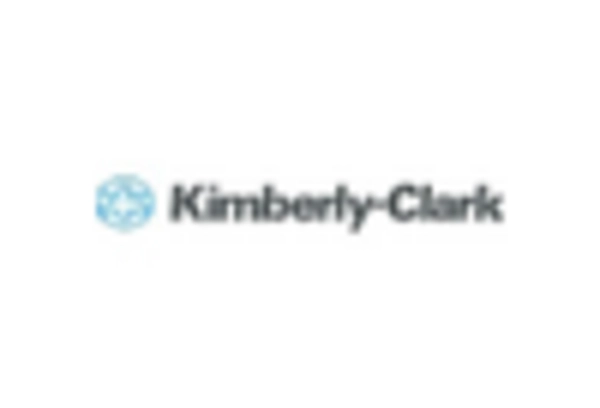
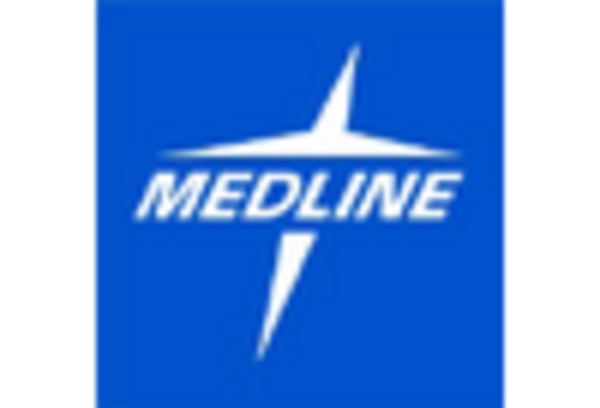
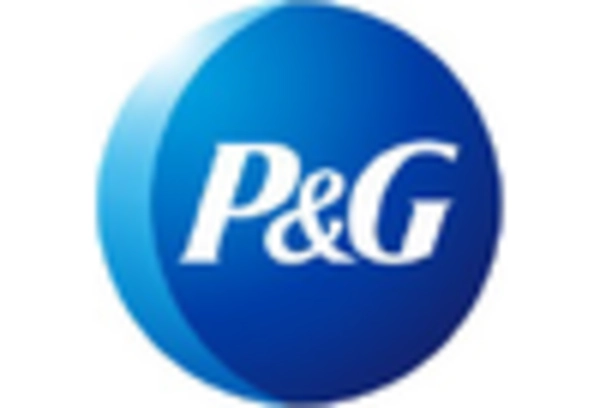
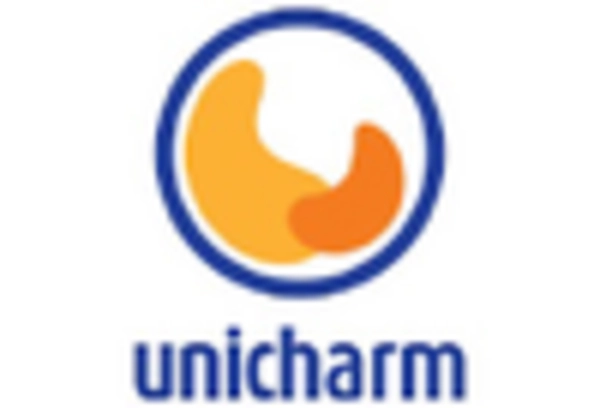








Leave a Comment